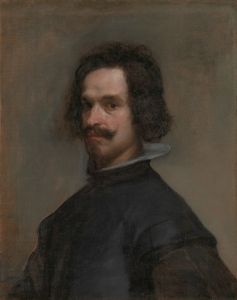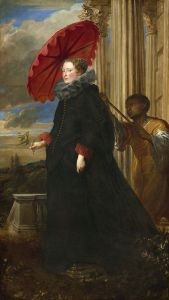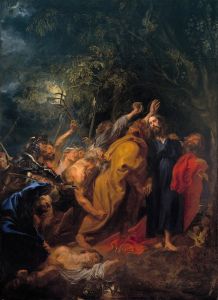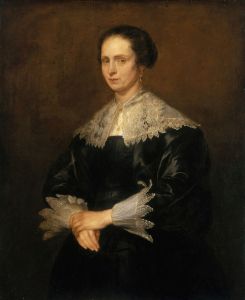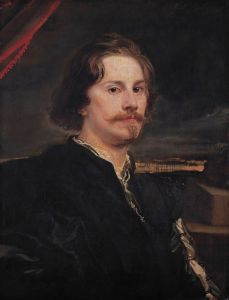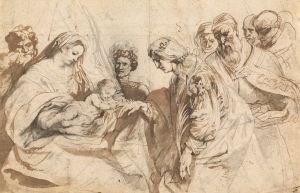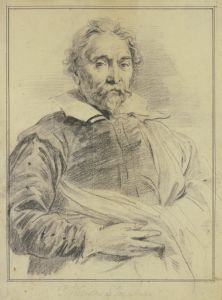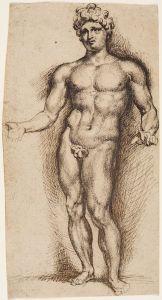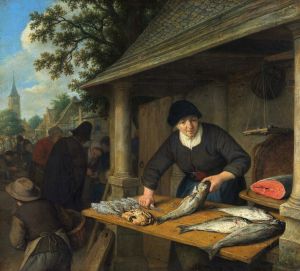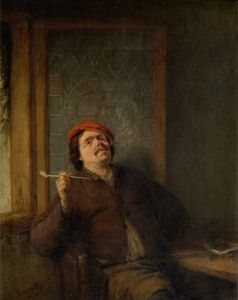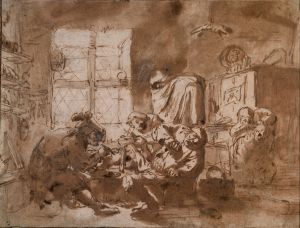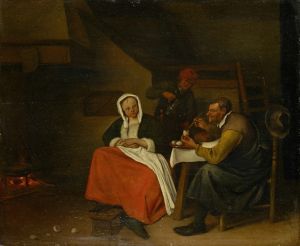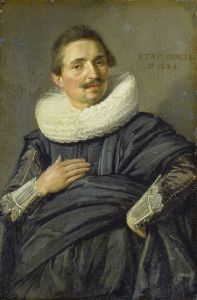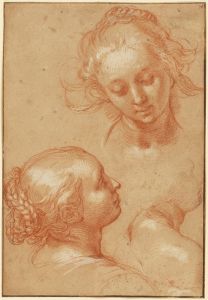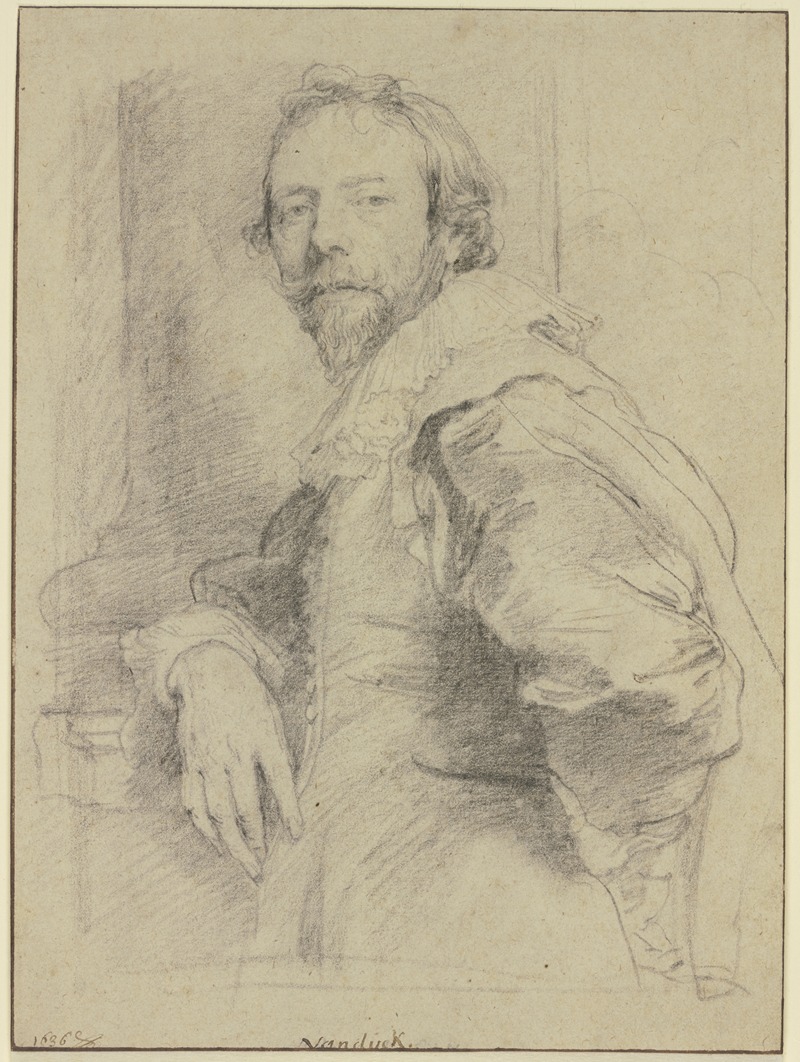
Portrait of Adam de Coster
A hand-painted replica of Anthony van Dyck’s masterpiece Portrait of Adam de Coster, meticulously crafted by professional artists to capture the true essence of the original. Each piece is created with museum-quality canvas and rare mineral pigments, carefully painted by experienced artists with delicate brushstrokes and rich, layered colors to perfectly recreate the texture of the original artwork. Unlike machine-printed reproductions, this hand-painted version brings the painting to life, infused with the artist’s emotions and skill in every stroke. Whether for personal collection or home decoration, it instantly elevates the artistic atmosphere of any space.
"Portrait of Adam de Coster" is a painting by the renowned Flemish Baroque artist Anthony van Dyck. Van Dyck, born in 1599 in Antwerp, was a prominent figure in the art world, known for his portraits and religious works. He was a leading court painter in England and had a significant influence on the development of portrait art in the 17th century.
Adam de Coster, the subject of this portrait, was a Flemish painter known for his work in the chiaroscuro style, which emphasizes the contrast between light and dark. De Coster was active during the early 17th century and was often referred to as a "painter of night scenes." His works typically featured dramatic lighting effects, which were a hallmark of the Baroque period.
The portrait by van Dyck captures de Coster with a sense of realism and depth that is characteristic of van Dyck's style. Van Dyck was known for his ability to convey the personality and status of his subjects through his portraits. In this painting, de Coster is depicted with a thoughtful expression, suggesting his introspective nature and dedication to his craft.
Van Dyck's technique in this portrait reflects his mastery of oil painting. He employed a refined use of color and light to create a lifelike representation of de Coster. The use of chiaroscuro in the portrait not only highlights de Coster's features but also pays homage to his own artistic style. This interplay of light and shadow adds a dynamic quality to the painting, drawing the viewer's attention to the subject's face and expression.
The exact date of the painting is not clearly documented, but it is believed to have been created during van Dyck's early career, possibly in the 1620s. This period was marked by van Dyck's travels across Europe, where he absorbed various artistic influences that enriched his work. During this time, he developed a distinctive style that combined elements of the Italian Renaissance with the dramatic flair of the Baroque.
"Portrait of Adam de Coster" is an example of van Dyck's ability to capture the essence of his subjects while also showcasing his technical prowess. The painting is a testament to the mutual respect and admiration between two artists who were contemporaries in the vibrant artistic landscape of 17th-century Flanders.
Today, Anthony van Dyck's works are celebrated for their elegance and sophistication. His portraits remain highly regarded for their psychological depth and the way they reflect the social and cultural milieu of his time. "Portrait of Adam de Coster" stands as a significant piece within van Dyck's oeuvre, illustrating his contribution to the art of portraiture and his influence on subsequent generations of artists.





